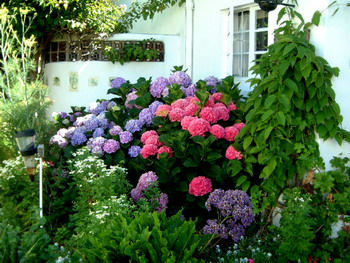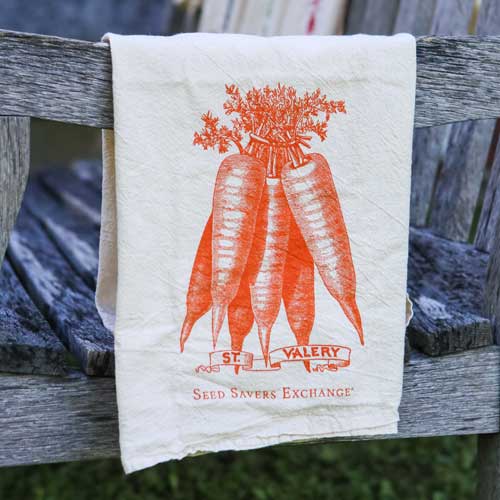I think we’ve all asked this question at least once in our gardening lives: “What do I have to do to make our light pink hydrangea to blossom blue. Everyone has different opinion on this subject, your help is very much appreciated. Thank you, Ana”
Good question, Ana, and there are several answers, all arriving at basically the same solution: You need to lower the pH of your soil in order for hydrangeas to flower blue instead of pink.
Now, I could tell you to add iron sulfate to the soil, because that helps acidify soil, triggering blue blossoms. I could also tell you to plant your hydrangea in straight peat moss, which is acidic. I could go further to instruct you to bury an iron nail or horse shoe in your garden around your hydrangea (an old wives tale but if the metal is actually iron, it will help over time), but I’m going to take a different angle.
First of all, you need to make sure that the variety of hydrangea you purchased actually will turn blue. White hydrangeas won’t, some pink varieties might just stay pink. So check on that if you can.
Next, make sure the other plants around your hydrangea also want acidic soil. We want everyone to be happy. If you have blueberries, tomatoes, azaleas, or rhododendrons nearby, great.

Some of my colleagues use a gentle approach of adding apple cider vinegar to the water every couple of weeks. It works. It’s not a biological approach, but it’s more natural than using mined minerals to alter pH. It’s an option.
But let’s focus on the Soil Food Web for a moment. Read up here about how bacteria and fungi actually determine the pH of soil. Bacteria make soil more alkaline, fungi make soil more acidic. So, for acidic soil, you want more fungi than bacteria in your soil. To get this, you can put down a layer of fungal foods like non-aromatic wood chips and fungal-dominant compost (compost made from lots of wood chips & other carbon-rich materials). You can also apply fungal-dominant compost tea or humic acids around the plant. Let’s not forget that the plant will exude the right kind of foods from its roots to grow more fungi – those foods being olmic, humic & fulvic acids. So create the right environment for the plant to do its thing, and it will.
It will take time, no matter which way you choose to tackle the problem. I consider the mineral additives a temporary solution (although quicker to respond), whereas the biological approach will be more permanent. You’re adding the right biology and making a home for those microbes so they’ll stay. That’s the approach I’d take.
Thanks for writing in. I hope this helps.



